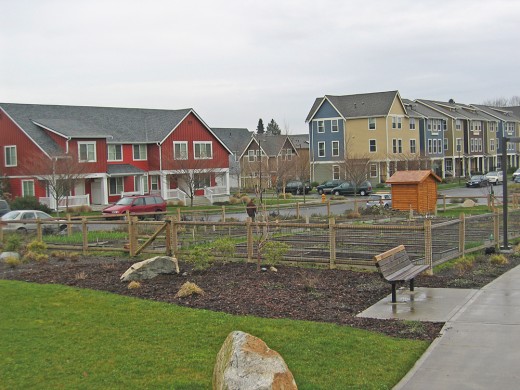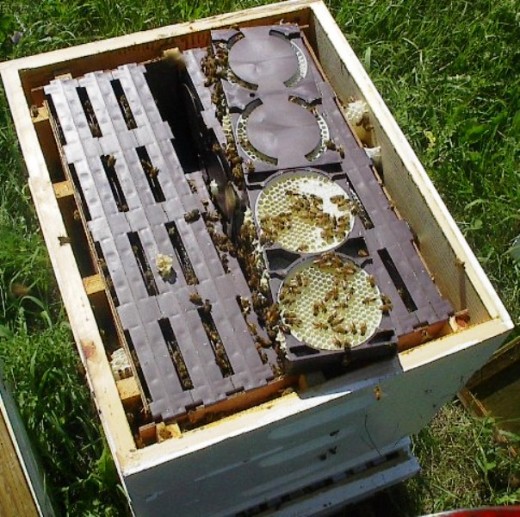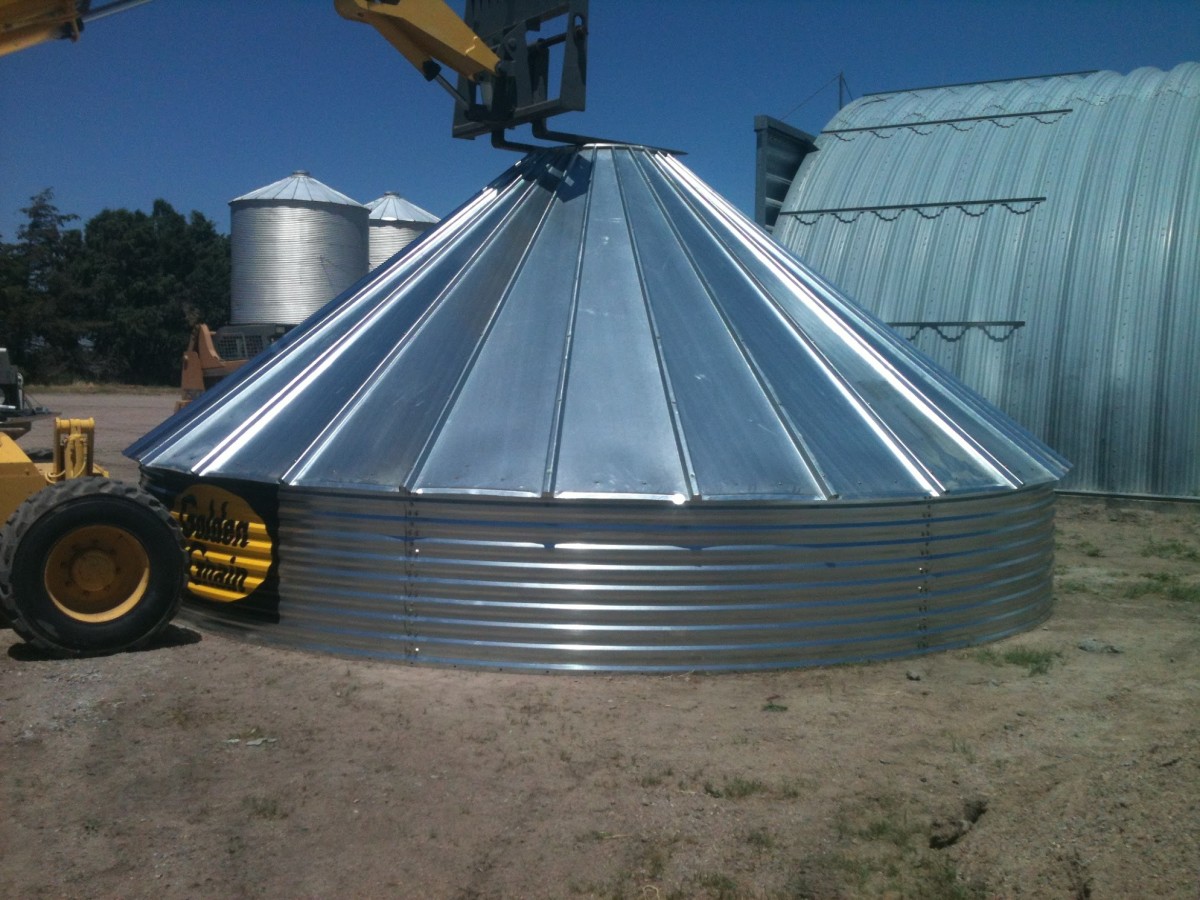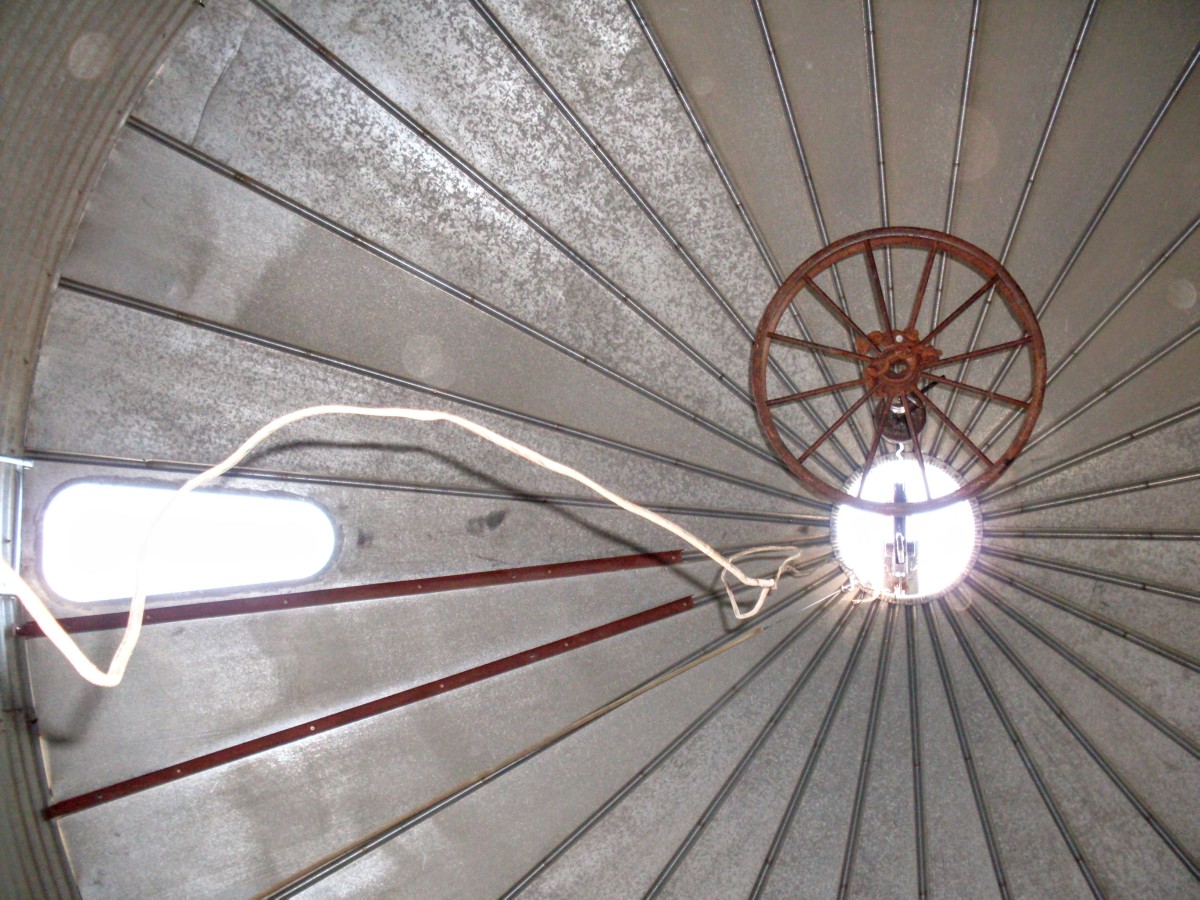Modern Urban Farming Efficiency Techniques
Introduction
Consumers are growing distrustful of large agricultural corporations and GMO's. Urban farming is growing in many areas of the country, where the phrase "local" has become an effective marketing word. Urban farmers sell their food to local restaurants, who in turn, advertise their locally grown food.
Another motivation for urban farming is to save money. While urban farming in many parts of the country is seasonal, the amount saved can make a difference in an annual budget.

Small Scale Vertical Farming
If you don't have acres and acres of land to spread out your crops, why not stack them on top of each other in levels? Small scale vertical farms have begun to sprout up in cities all over the country, in fact, all over the world. It creates a third dimension to your available space, which can exponentially increase the amount of crops you will be able to grow.
One downside to small scale vertical placement is the fact that it limits the types of crops you can grow, and where you can place them. Fruits like apples and peaches obviously can not be grown this way. Along with any other food that requires a tree.
Urban Beekeeping
A surprising development in urban farming has been the rise in popularity of beekeeping. One of the most astonishing areas this has taken place is London. Since the turn of the 21st century, apiaries have increased by over 200%.
For some, the thought of having an apiary in their own mid sized backyard, or in that of their neighbor, might be a bit unsettling. However, stinging has not been reported as a major hazard to the families of the keeper or to the surrounding homes.
New York City, in 2010, lifted their ban on beekeeping, though apiaries have to be registered. In addition, only one species of honeybee, Apis mellifera, is currently allowed to be kept within city limits.

Subsurface Irrigation
Underground irrigation utilizes either buried drip tubes or tape to water crops from beneath the surface of the soil. It contains three basic advantages.
1. It saves water by eliminating the problem of evaporation, runoff, and "ponding".
2. It can wet the roots, getting water to the plant while at the same time having a dry surface condition. Many crops grow more efficiently with increased heat provided by keeping the body of the plant dry.
3. With a wet undersoil and a dry topsoil, it reduces the chances for weeds to grow. Almost all weed germination takes place at or near the surface after the crops are cultivated.
One disadvantage to underground irrigation is the initial cost. It is much more expensive to install than overhead irrigation systems, and is time consuming to do successfully.
Surface Drip Irrigation
This can also be called trickle irrigation, where water is applied directly at the surface using a drip emitter to the plant. Like subsurface irrigation, leaching and runoff is not a problem. Water distribution tends to be very uniform using this method. The body of the plant is also kept dry, enabling greater heat for growth. It can also operate at lower pressure.
Disadvantages are the initial cost relative to overhead systems. In some types of soils, when crops become large, water may not sufficiently get below the surface compared to subsurface irrigation. Surface pipes can also be vulnerable to getting damaged by rodents.
Raised Bed Gardening
Raised garden beds are also known as garden boxes. One distinct advantage it has over ground level farming is it keeps weeds from your soil, and keeps it somewhat loose. In many regions that have all four seasons, gardeners can start their planting earlier because the soil, being removed from ground level, has less of an area to heat, thus the soil will warm faster when the temperatures moderate after the winter. The box prevents soil from being washed away in storms or heavy rains. It also makes it virtually impossible for certain pests such as slugs and snails to reach it.
It also has an advantage in ergonomics. For elderly farmers, or people that have had a history of back problems, a raised bed enables them to not have to bend down as far. If the bed is large and sturdy enough, the gardener can actually even sit on the side of the bed while tending.









